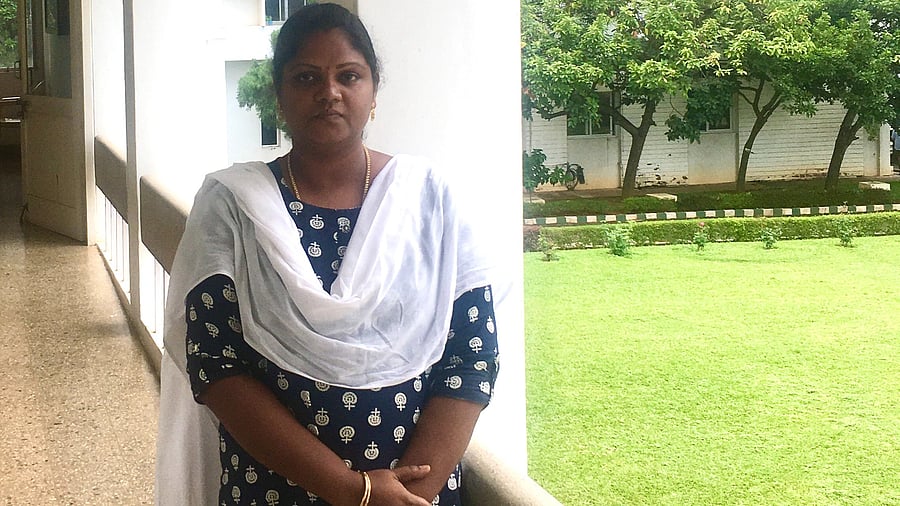
V Muthu Priyal, Lead, VELC Data Pipeline.
Credit: Special Arrangement
In February 2024, when the first batches of data from Aditya-L1’s primary payload are expected to reach the ground stations, a team of Indian Institute of Astrophysics (IIA) scientists will sit together to process large volumes of information on the unexplored outer edges of the sun’s surface.
The IIA-developed Visible Emission Line Coronagraph (VELC), the primary payload on Aditya-L1, can image the corona – the sun’s outermost layer – as close as 1.05 times the solar radius. The data VELC sends to the ground stations will be extensive.
V Muthu Priyal who leads the development of the VELC data pipeline said Isro’s Indian Deep Space Network will transfer nine hours of raw data to the VELC Payload Operations Centre (POC) in IIA’s Koramangala campus, every day. “We will convert this to science-ready data and send it to ISSDC (Indian Space Science Data Centre) from where it will be disseminated to the science community,” she told DH.
A native of Devakottai near Karaikudi in Tamil Nadu, Muthu Priyal is responsible for writing and creating the software pipeline to process the raw data from VELC into usable scientific material.
The continuum line (as visible through the telescope), one of the payload’s four observation channels, can on its own generate 1,440 images a day (at an image per minute). The spectroscopic channels that observe the corona at different wavelengths are also equipped to generate significant amounts of data. VELC can image the corona with high spatial resolution, at about three times a second.
A project scientist with the Aditya-L1 team, Muthu Priyal started as a junior research fellow (atmospheric science) at the Isro headquarters. In 2009, she joined IIA where she developed software to analyse about 100 years of data from the institute’s Kodaikanal Solar Observatory. She has been working on the Aditya-L1 programme since 2020.
“From the continuum channel, we get images of the corona that can give us an idea about events like CMEs (Coronal Mass Ejections, or large expulsions of coronal matter, at times directed towards the earth). The spectra can tell us about the corona’s physical and dynamic nature,” she said.
Muthu Priyal’s team has also developed a software that can detect CME occurrences and help scientists derive the time taken for the expulsions to reach the earth’s atmosphere.